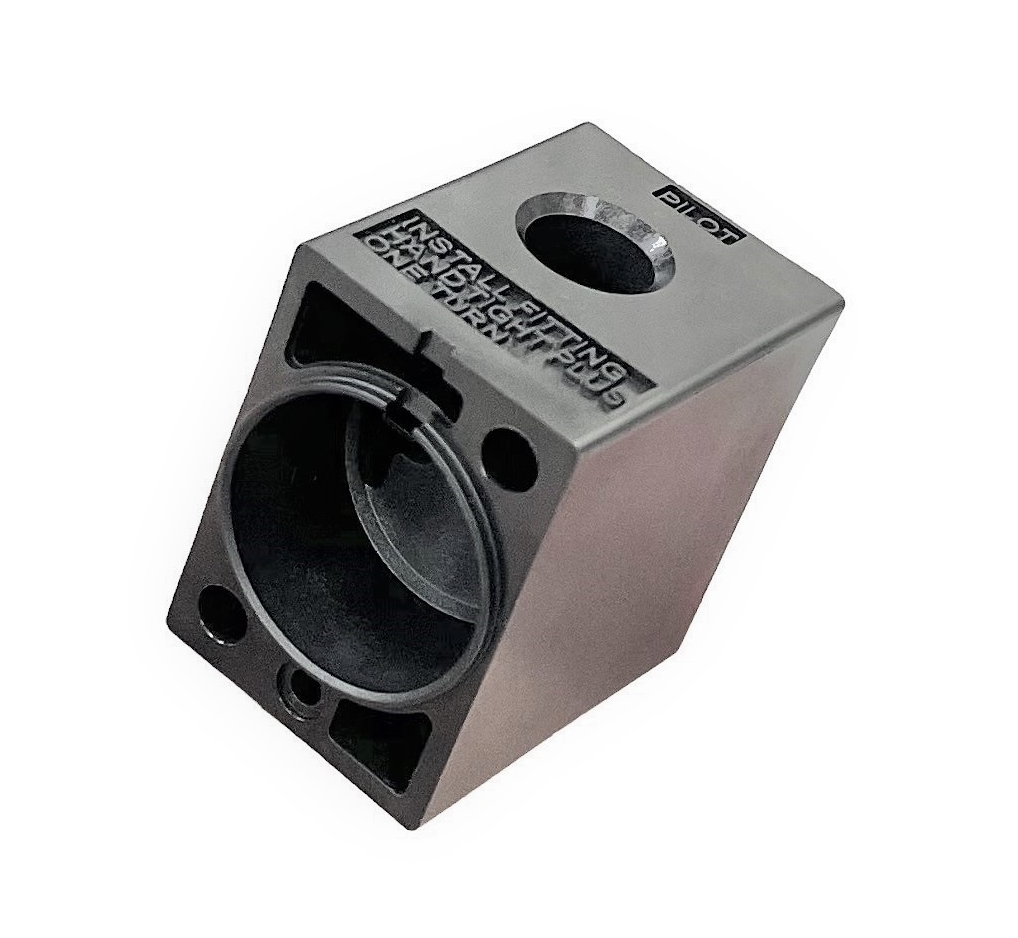Plastic injection molding
The essential for Injection Molding Stability - Injection Speed

Plastic injecion molding for pilot valve
The second major factor that increases flow resistance: "too slow fire rate". We mentioned in the first episode of "Basic Concepts" that plastics are "non-Newtonian fluids" and will exhibit a state of "shear thinning". Therefore, when the injection speed is too slow, flow resistance may increase.
Different product designs and different raw materials have different requirements for the rate of fire. But as long as the injection speed is too slow, it will not be easy to produce shear thinning, resulting in poor fluidity of the plastic, and the temperature of the mold is relatively cold compared to the plastic, so the resulting cooling and solidification layer will be relatively thick.
Once the raw material enters the mold, it starts to contact the mold surface, which is the beginning of the cooling time. The longer the contact time, the thicker the skin layer of the finished product will be, and the narrower the flowing core layer will be, resulting in an increase in flow resistance. In other words, the shear heat flowing in the mold is constantly competing with the cooling water, and the slower the flow, the faster the heat source will be lost.
What should I pay attention to when using high fire rate?
When using a high rate of fire, it is recommended to still use the three-stage rate of fire as the basic setting concept, and use the three rates of fire, slow, fast, and medium, as the parameter model for machine adjustment.
The "slow speed" in the first section mainly passes through the gate position slowly to avoid excessive shear heat or jet flow marks.
The second stage of "fast" is mainly to quickly fill 70-80% of the mold cavity space to avoid too thick skin layer.
The "medium speed" in the third section is for speed reduction buffer and exhaust, which can improve the stability and precision of production.
The concept of three-stage rate of fire can also be reduced to two stages or increased to four stages according to product structure and appearance requirements, which will be explained later.
The impact of the speed of injection near the gate on the finished product
1. The rate of fire is too slow: it is easy to cause short shots or wavy vinyl record lines in the finished product.
2. Moderate rate of fire: The surface of the finished product is complete without obvious flaws.
3. The rate of fire is slightly faster: there will be a state of partial atomization of orange peel at the gate.
4. the rate of fire is too fast: it may cause obvious flaws in the spray marks.
Further understanding for the essential for plastic injection molding stability
This is just a partial overview of plastic injection molding. Are they the right knowldge for you? Not sure how to apply them to your
next project? Just contact our technical experts and we can offer helpful advice about how to get the best results from its processes.
